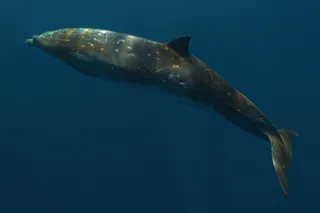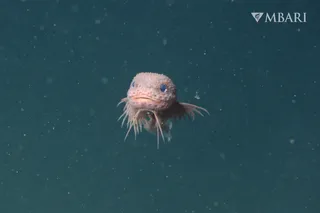In 1958, a young scientist called Stanley Miller electrified a mixture of simple gases, designed to mimic the atmosphere of our primordial lifeless planet. It was a sequel to one of the most evocative experiments in history, one that Miller himself had carried five years earlier. But for some reason, he never finished his follow-up. He dutifully collected his samples and stored them in vials but, whether for ill health or dissatisfaction, he never analysed them.
The vials languished in obscurity, sitting unopened in a cardboard box in Miller’s office. But possessed by the meticulousness of a scientist, he never threw them away. In 1999, the vials changed owners. Miller had suffered a stroke and bequeathed his old equipment, archives and notebooks to Jeffrey Bada, one of his former students. Bada only twigged to the historical treasures that he had inherited in 2007. “Inside, were all these tiny glass vials ...













